Elm Phloem Necrosis – Methods Of Elm Yellows Treatment
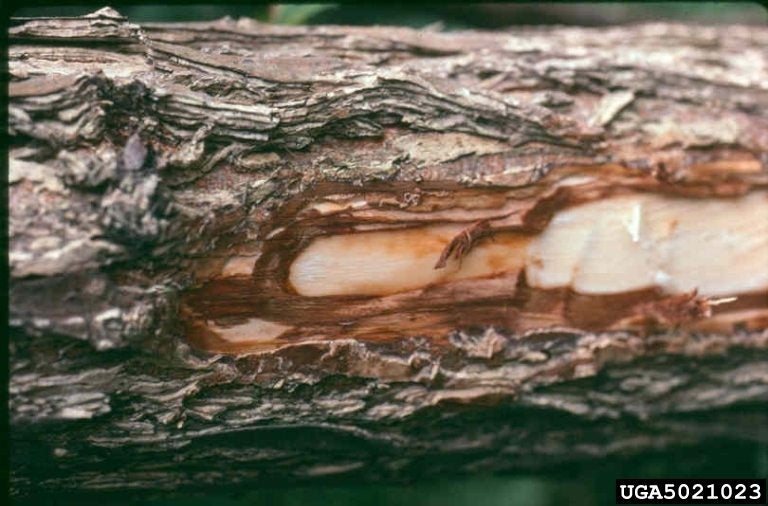

Elm yellows is a disease that attacks and kills native elms. Elm yellows disease in plants results from Candidatus Phyloplasma ulmi, a bacteria without walls that is called a phyoplasma. The disease is systemic and lethal. Read on for information about the symptoms of elm yellow disease and whether there is any effective elm yellows treatment.
Elm Yellows Disease in Plants
The hosts of elm yellows phytoplasma in the United States are limited to elm trees (Ulmus spp.) and the insects that transport the bacteria. White-banded elm leafhoppers transport the disease, but other insects that feed on the inner elm bark – called phloem – may also play a similar role. Native elms in this country have not developed a resistance to the elm yellows phytoplasma. It threatens elm species in the eastern half of the United States, often killing trees within two years after the initial symptoms appear. Some species of elm in Europe and Asia are either tolerant or resistant.
Symptoms of Elm Yellow Disease
Elm yellows phytoplasma attack trees systematically. The entire crown develops symptoms, usually beginning with the oldest leaves. You can see symptoms of elm yellow disease in leaves during the summer, mid-July through September. Look for leaves that turn yellow, wilt, and drop before they should. The leaf symptoms of elm yellow disease are not very different from problems caused by too little water or nutrient deficiencies. However, if you look at the inner bark, you will see elm phloem necrosis even before the leaves yellow. What does elm phloem necrosis look like? The inner bark turns a darker color. It is usually almost white, but with elm phloem necrosis, it turns a deep, honey color. Dark flecks may also appear in it. Another one of the typical symptoms of elm yellow disease is the smell. When moist inner bark is exposed (due to elm phloem necrosis), you will notice an odor of wintergreen oil.
Elm Yellows Treatment
Unfortunately, no effective elm yellows treatment has yet been developed. If you have an elm that is suffering from elm yellows disease in plants, remove the tree immediately to prevent the elm yellows phytoplasma from spreading to other elms in the area. If you are just planting elms, select disease resistant varieties from Europe. They may suffer from the disease but it will not kill them.
Gardening tips, videos, info and more delivered right to your inbox!
Sign up for the Gardening Know How newsletter today and receive a free copy of our e-book "How to Grow Delicious Tomatoes".

Teo Spengler is a master gardener and a docent at the San Francisco Botanical Garden, where she hosts public tours. She has studied horticulture and written about nature, trees, plants, and gardening for more than two decades. Her extended family includes some 30 houseplants and hundreds of outdoor plants, including 250 trees, which are her main passion. Spengler currently splits her life between San Francisco and the French Basque Country, though she was raised in Alaska, giving her experience of gardening in a range of climates.
-
 Get Ready For A Summer Of Hummers! Grow These Full Sun Hummingbird Plants and Flowers
Get Ready For A Summer Of Hummers! Grow These Full Sun Hummingbird Plants and FlowersIf you’re lucky enough to enjoy a sunny backyard, make sure you are maxing out on your pollinator opportunities and grow these full sun hummingbird plants and flowers
By Tonya Barnett
-
 12 Lush Alternatives To A Lawn For Sustainable Spaces
12 Lush Alternatives To A Lawn For Sustainable SpacesAlternatives to a lawn are beautiful and also beneficial to your local ecosystem and its pollinators. Explore our top picks for plants to replace grass.
By Tonya Barnett
-
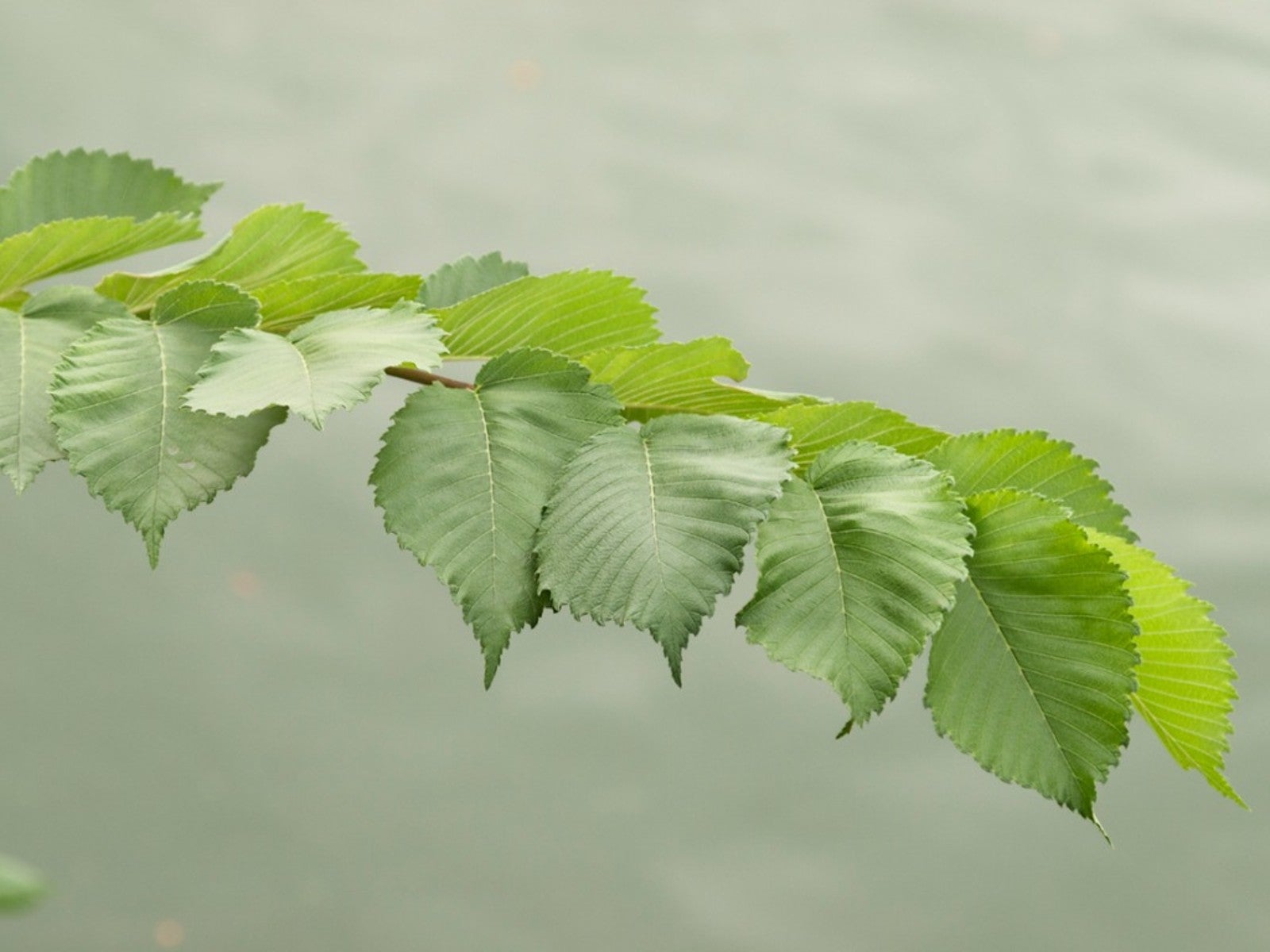 What Is An American Elm Tree - American Elm Facts
What Is An American Elm Tree - American Elm FactsThe beautiful American elm tree is probably not the best choice for your landscape. This lovely deciduous tree is sadly vulnerable to Dutch elm disease, and is not recommended by experts.
By Teo Spengler
-
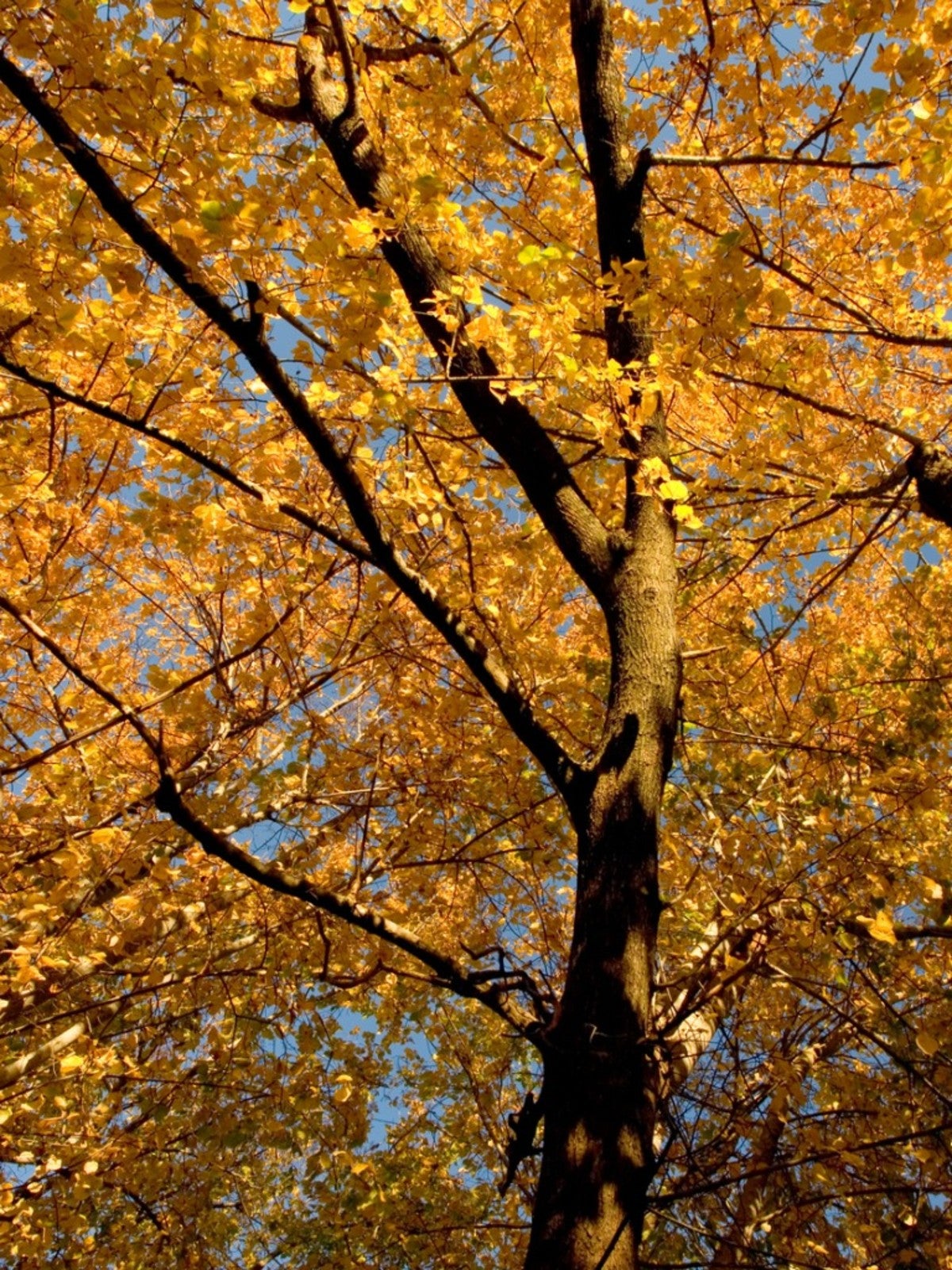 Rock Elm Tree Identification – What Does A Rock Elm Tree Look Like
Rock Elm Tree Identification – What Does A Rock Elm Tree Look LikeThe rock elm is one of the six elm trees native to the United States. Click here to learn more about the rock elm tree.
By Laura Miller
-
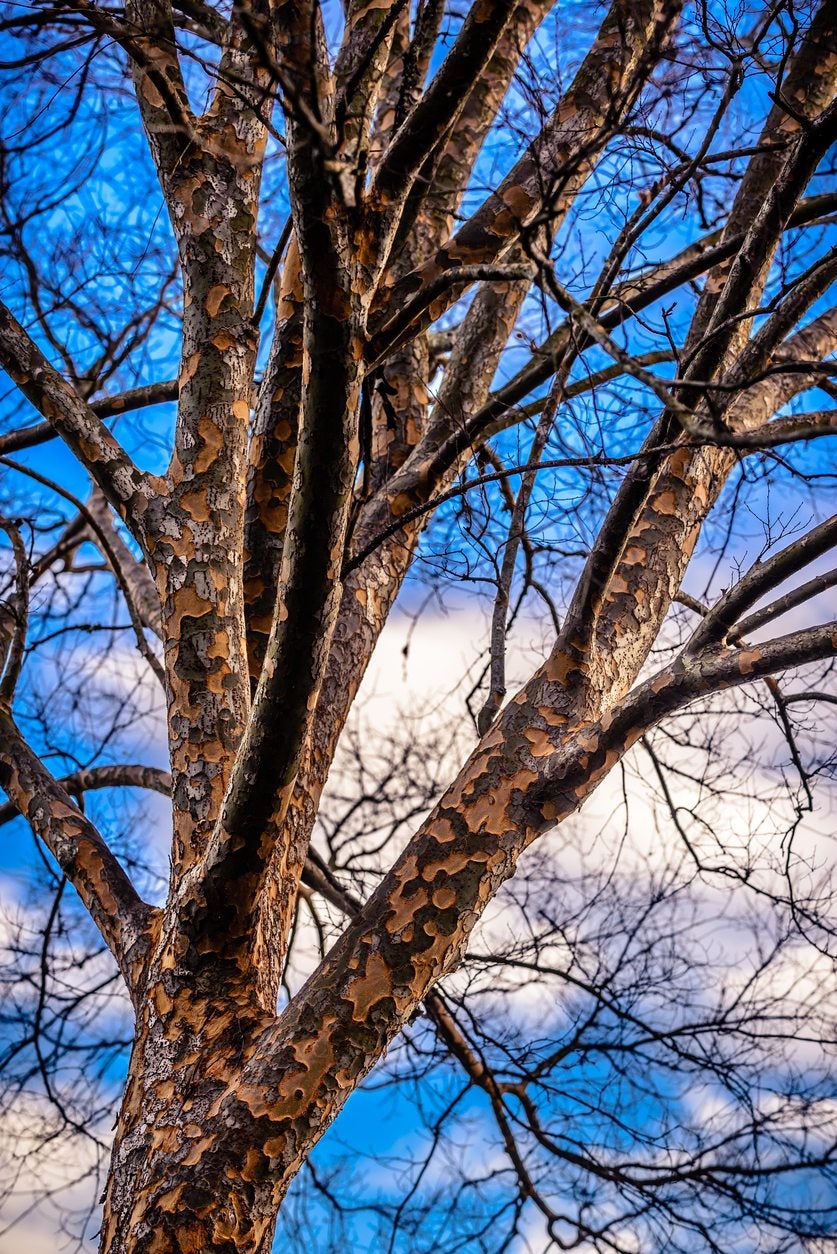 Lacebark Elm Information – Care Of Chinese Lacebark Elm In Gardens
Lacebark Elm Information – Care Of Chinese Lacebark Elm In GardensAlthough lacebark elm is native to Asia, it was introduced to the United States in 1794. Since that time, it has become a popular landscape tree, suitable for growing in USDA hardiness zones 5 through 9. Find more lacebark elm information here.
By Mary H. Dyer
-
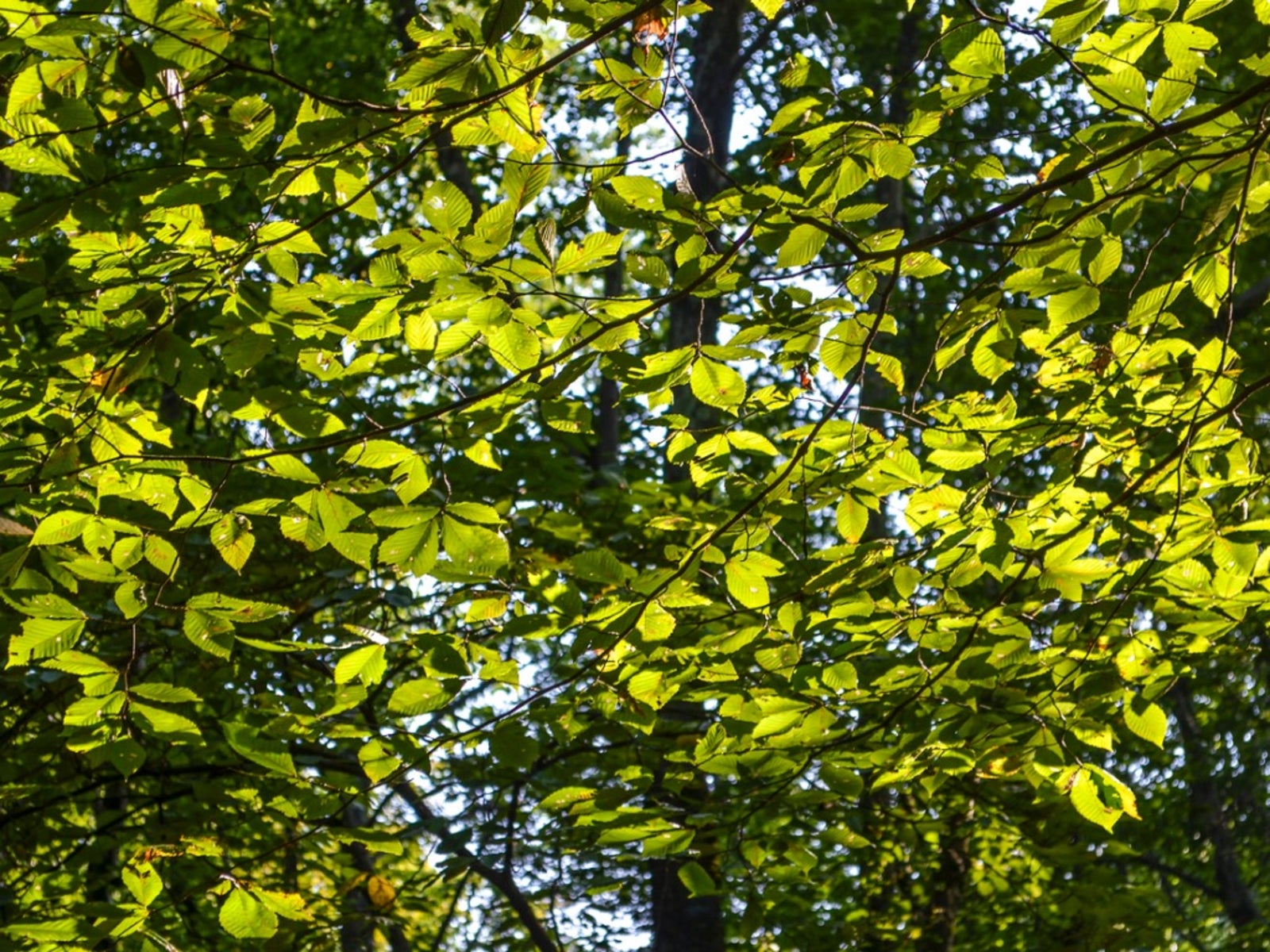 Slippery Elm Information: Tips On Using And Growing Slippery Elm Trees
Slippery Elm Information: Tips On Using And Growing Slippery Elm TreesSlippery elm bark contains a substance that becomes slick and slippery when mixed with water, hence the name. The tree has been used in herbal medicine in this country for centuries. For more information about slippery elm herb uses, click this article.
By Teo Spengler
-
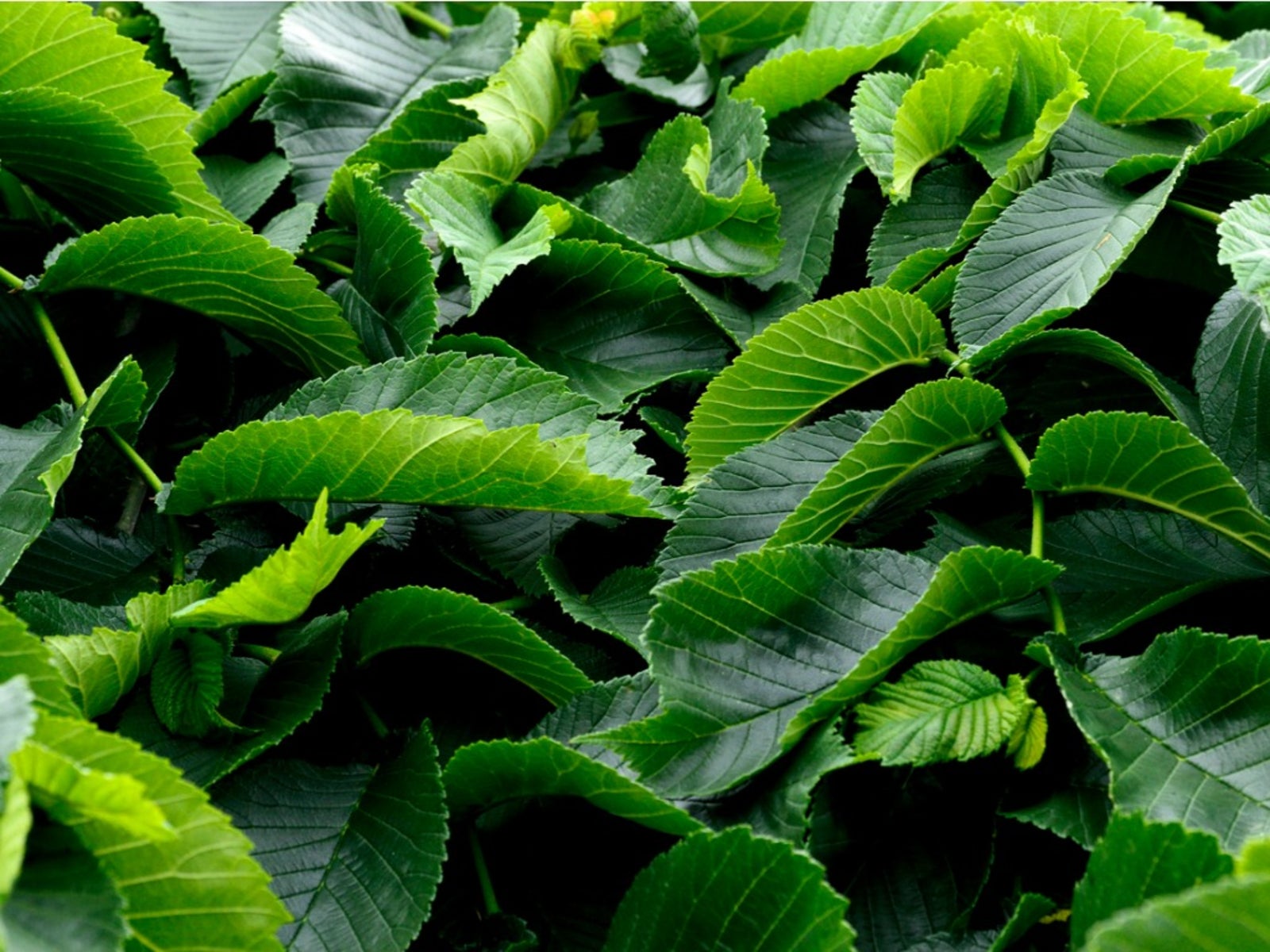 What Is A Camperdown Elm Tree: Camperdown Elm History And Information
What Is A Camperdown Elm Tree: Camperdown Elm History And InformationIf you are familiar with Camperdown elm, you are surely a fan of this lovely tree. If not, you may ask: "What is a Camperdown elm tree?". In either case, click this article for more information, including Camperdown elm history.
By Teo Spengler
-
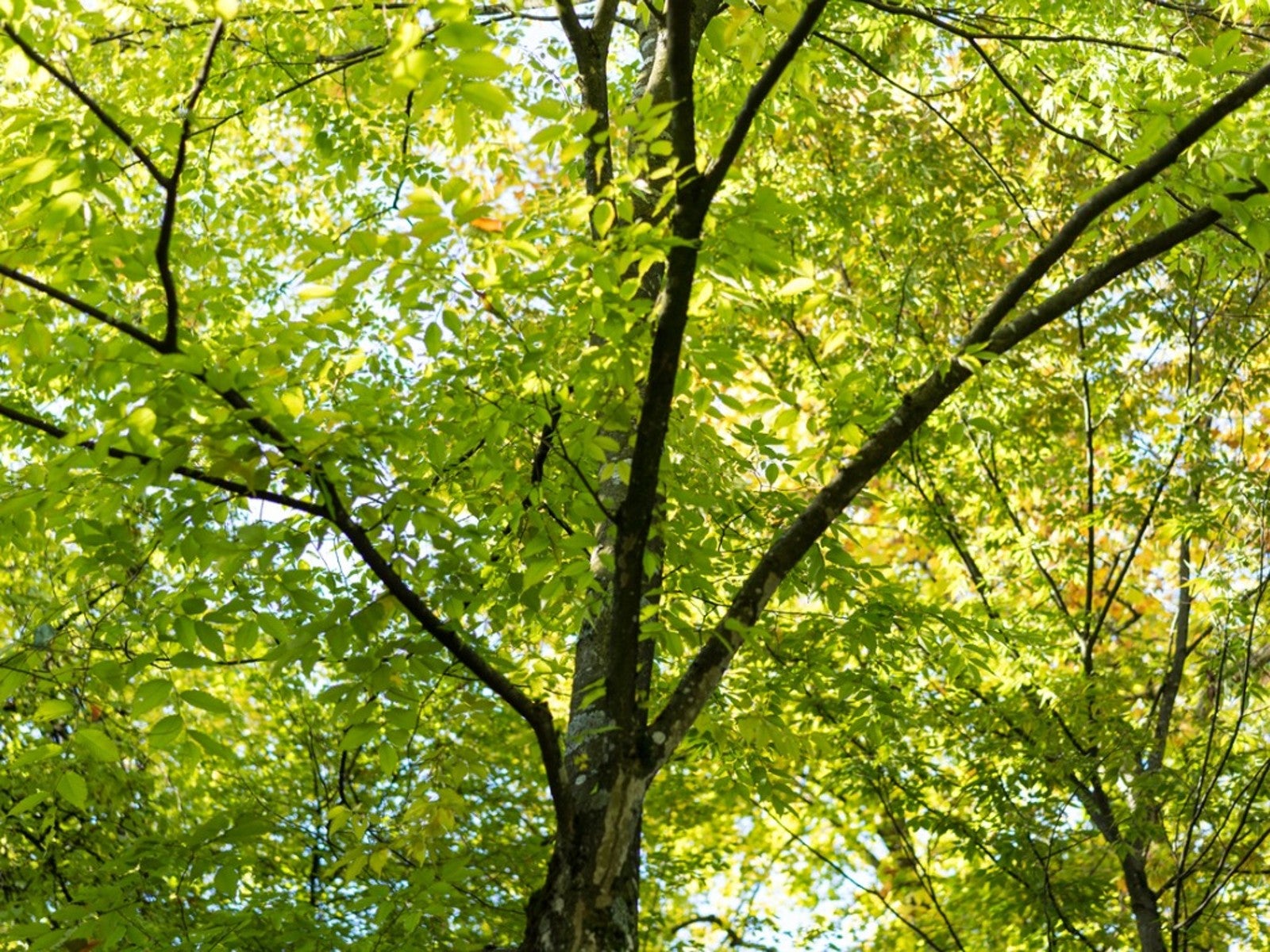 Japanese Elm Tree Care: How To Grow A Japanese Elm Tree
Japanese Elm Tree Care: How To Grow A Japanese Elm TreeBecause of Dutch Elm disease, many people opt for Japanese elm trees instead, which are hardier and equally attractive. This article provides Japanese elm tree facts, including information about how to grow a Japanese elm tree.
By Teo Spengler
-
 Drake Elm Tree Growing: Tips On Caring For Drake Elm Trees
Drake Elm Tree Growing: Tips On Caring For Drake Elm TreesThe drake elm (also called Chinese elm or lacebark elm) is a quick-growing elm tree that naturally develops a dense, rounded, umbrella-shaped canopy. For more drake elm tree information and details on caring for drake elm trees, click this article.
By Teo Spengler
-
 Winged Elm Tree Care: Tips For Growing Winged Elm Trees
Winged Elm Tree Care: Tips For Growing Winged Elm TreesThe winged elm, a deciduous tree native to the southern woodlands of the United States, grows in both wet areas and dry, making it a very adaptable tree for cultivation. Click this article for information about growing winged elm trees.
By Teo Spengler